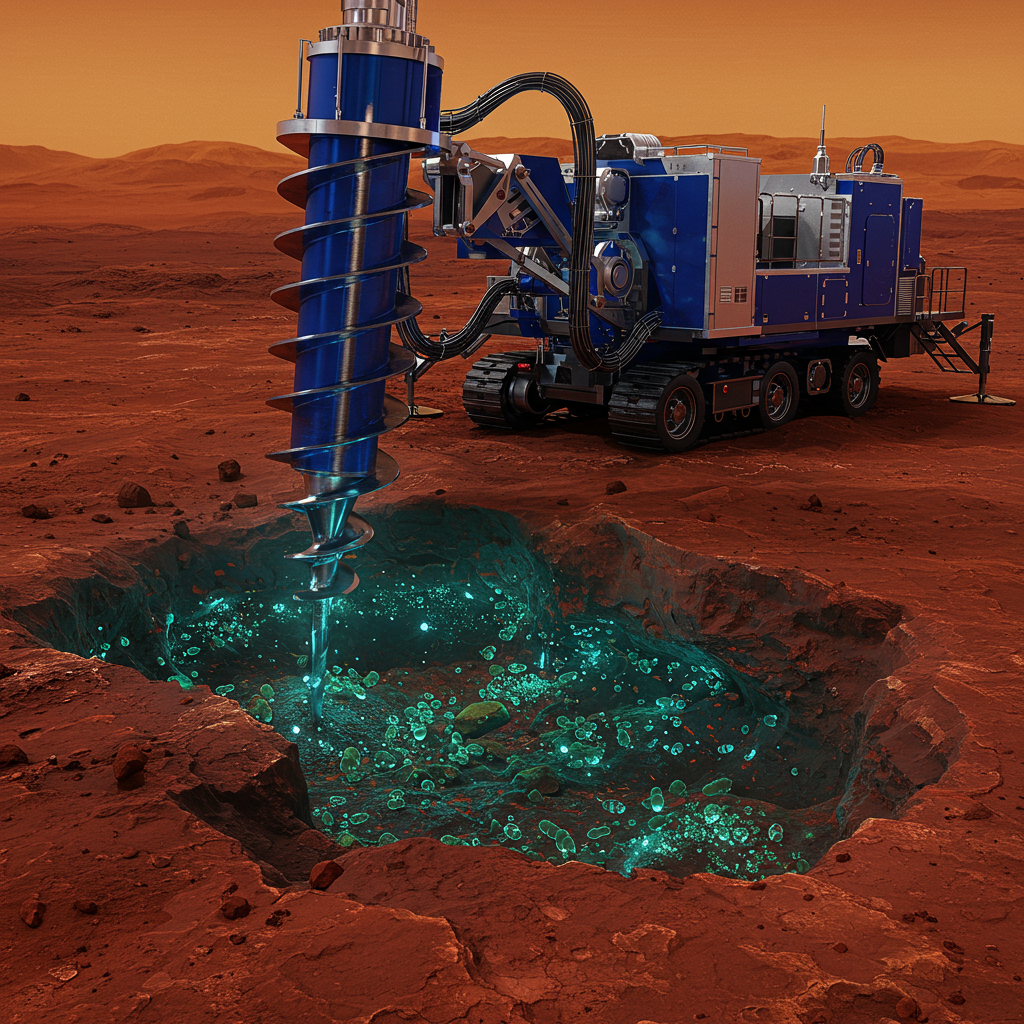Reaching Peak Performance: Ariane 6’s Path to High Cadence
Arianespace is pushing hard to accelerate the launch rate of its new heavy-lift rocket, Ariane 6. While the company is fully committed to reaching its peak operational tempo of 10 launches per year “as soon as possible,” achieving this significant increase is expected to be a multi-year endeavor.
Speaking at a recent panel, Arianespace chief executive David Cavaillolès underscored the ambitious goal. “We need to go to 10 launches per year for Ariane 6 as soon as possible,” he stated, acknowledging the scale of the undertaking. “It’s twice as more as for Ariane 5, so it’s a big industrial change.”
So far, Ariane 6 has completed two launches since its introduction. The maiden flight occurred last July, followed by a second launch in March that successfully delivered a French reconnaissance satellite into orbit. Arianespace has outlined plans for four additional Ariane 6 launches before the end of the current year. This crucial near-term schedule includes the debut of the more powerful Ariane 64 variant, equipped with four solid-rocket boosters, which is vital for many upcoming missions.
However, Cavaillolès refrained from setting a definitive timeline for consistently hitting the 10-launch-per-year mark. The approach is deliberate: “Everybody is extremely motivated, but we want to do it step by step,” he explained. “First we have to deliver on ’25 and this is a big challenge, so we focus on that.” While acknowledging that 2026 will see an increase in activity, he indicated that reaching “cadence 10” will likely take a few more years. A key milestone is the deployment of the European IRIS² broadband secure connectivity constellation, which is slated to begin in 2029. “In ’29, when we start deploying IRIS², which is a milestone program, we’ll be more than for sure at cadence 10,” Cavaillolès projected.
Market Demand and the Pressure to Perform
The urgency for Arianespace to ramp up Ariane 6 launches is heavily influenced by a significant backlog of contracts and a dynamic global launch market. The largest customer in the current Ariane 6 manifest is Amazon, which has contracted for 18 launches of the Ariane 64 variant to deploy its Project Kuiper broadband satellite constellation. With Amazon facing regulatory deadlines for constellation deployment, the pressure is on Arianespace to accelerate its production and launch schedule.
The overall Ariane 6 backlog currently exceeds 30 launches, representing “years and years of activity” ahead, according to Cavaillolès, who also anticipates announcing more launch contracts in the coming weeks and months.
This strong interest stems from both governmental and commercial clients. Governments are increasingly looking to establish their own space capabilities to avoid dependence on external providers, viewing Ariane 6 as a means to achieve greater sovereignty in space. Commercial operators, too, are wary of the current market landscape, which has seen a significant reliance on a single provider (a clear reference to SpaceX). As one commercial operator reportedly put it, this “hegemony” is a “big threat,” making it “absolutely unacceptable to rely on only one provider.” For these reasons, ensuring Ariane 6 succeeds is seen as critical by these customers seeking market diversity and reliable access to space.
Navigating a Constrained Global Launch Market
The challenge of increasing Ariane 6 cadence unfolds within a global space launch market currently experiencing a notable supply crunch. Demand for satellite launches, particularly driven by the proliferation of large constellations for Earth observation and broadband internet, has dramatically outpaced available supply. Experts estimate that the bottleneck, exacerbated by delays in bringing new rockets online and the retirement of older vehicles (like Arianespace’s own Ariane 5 and lost access to Soyuz), could persist until at least 2028 or even the early 2030s.
Scaling up production and operations after a new rocket’s debut is notoriously difficult and can take 10 to 24 months to reach full capacity. While companies like SpaceX have demonstrated exceptionally high launch rates, partly through rapid second-stage manufacturing capabilities, achieving this level of cadence requires significant industrial transformation, which is precisely what Arianespace is undertaking.
The success of the first Ariane 64 launch is therefore critical, especially given its role in deploying major constellations like Kuiper and IRIS². ArianeGroup, the prime contractor for Ariane 6, is incorporating lessons learned from the earlier Ariane 62 launches into preparations for this inaugural Ariane 64 mission. Testing of the upgraded P160 solid-fuel booster, crucial for the Ariane 64 configuration and needed for most of the Kuiper launches, is expected to begin in early 2025, adding further confidence in the vehicle’s readiness.
While the first Ariane 64 launch is targeted for before the end of this year, some industry sources suggest a potential slip into early 2026. Regardless of the exact date, both Arianespace and ArianeGroup executives emphasize the dedication of teams across the supply chain to make the launch happen as planned. In a market where medium-lift capacity remains a key constraint, Arianespace’s ability to systematically increase its Ariane 6 cadence is vital for meeting customer needs and securing Europe’s access to space.




